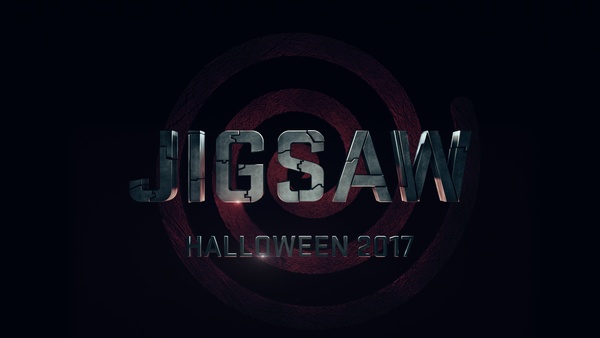What a Twist: The Making of a Good Twist
BY: WILLIAM LEDFORD
*Spoilers for the following Films*
*Saw (2004), Devil (2010)*
With it being Halloween and Jigsaw being released now seemed like a good time to discuss a staple of the horror genre, “The Twist Ending”. Everybody loves a good twist in a film like some directors, such as M. Night Shyamalan, have become known for their creative twists. A good twist ending can shock an audience and leave them pondering and thinking about the movie they just saw. Some examples of films that got this just right are Seven, Shutter Island, Psycho, and of course Saw. Each of these films has left audiences bewildered and wanting to go back for subsequent viewing to see it again. Although, this isn’t always the case, some films like The Number 23, The Village, and Devil. The question is, what is it that exactly makes a good twist ending? When looking at a twist ending there are two components that must be considered. First, ask yourself “Did this twist makes sense?”. In other words, on following viewings pay attention to if there are clues throughout the film that lead to the twist. Second question to ask “Did the twist mean anything or did it add to the story?” aside from just throwing the audience for a loop. A good twist contains these components, a bad one breaks them. Saw has a good twist, Devil doesn’t not and by using these components we can determine why.
Let’s start with the first component on whether or not the twist make sense. Saw’s big twist at the end is that Jigsaw was the “dead” body on the floor found at the beginning of the movie all along. This movie is subtle about it, but there are definitely clues scattered throughout that a keen eye can pick up on. Early in the movie it’s revealed that Jigsaw, the main antagonist of the film, enjoys watching his victims. By telling that to the audience early in the film this twist doesn’t feel like it came out of left field. Devil, by contrast, has a ridiculous twist. Their big twist is that the nice old lady was the “Devil” the entire time. This breaks the first component because nowhere in the film is it even hinted that this might be the twist. Therefore that audience is equally confused even after multiple viewings. Even a twist is given, they couldn’t have come to that conclusion without the film telling them it up front. Which fits nicely into our second component.
Did the twist serve a purpose? For Saw, yes it did serve a purpose, in the realm of theme. Throughout the film a major theme is revenge. The final twist serves to reiterate this theme, and it’s revealed that Jigsaw has finally gotten revenge on the man he blames for his declining health. The theme and message of the movie would be lost without this twist, it serves as a satisfying thematic end for the film. Devil’s twist serves absolutely no purpose. The writer could have made anyone in the film the Devil and it would have made no difference because the twist was only put in for shock value. This leads to an unsatisfying end, as the audience is left confused instead of intrigued.
A good twist ending can spice up a films conclusion in a way that is unlike other techniques. It can leave audiences wanting more and can lead to further viewings. Subsequently, a bad twist ending can ruin the overall feel of the film. It can leave a bitter taste in the mouth of the audience and can turn them off of watching it again. By thinking deeper into its conclusion, a good movie can shock and awe the audience with a solid twist. It’s a good lesson, hope some writers can learn it someday. To get your taste of a new twist, check out the Jigsaw out in theaters today!




